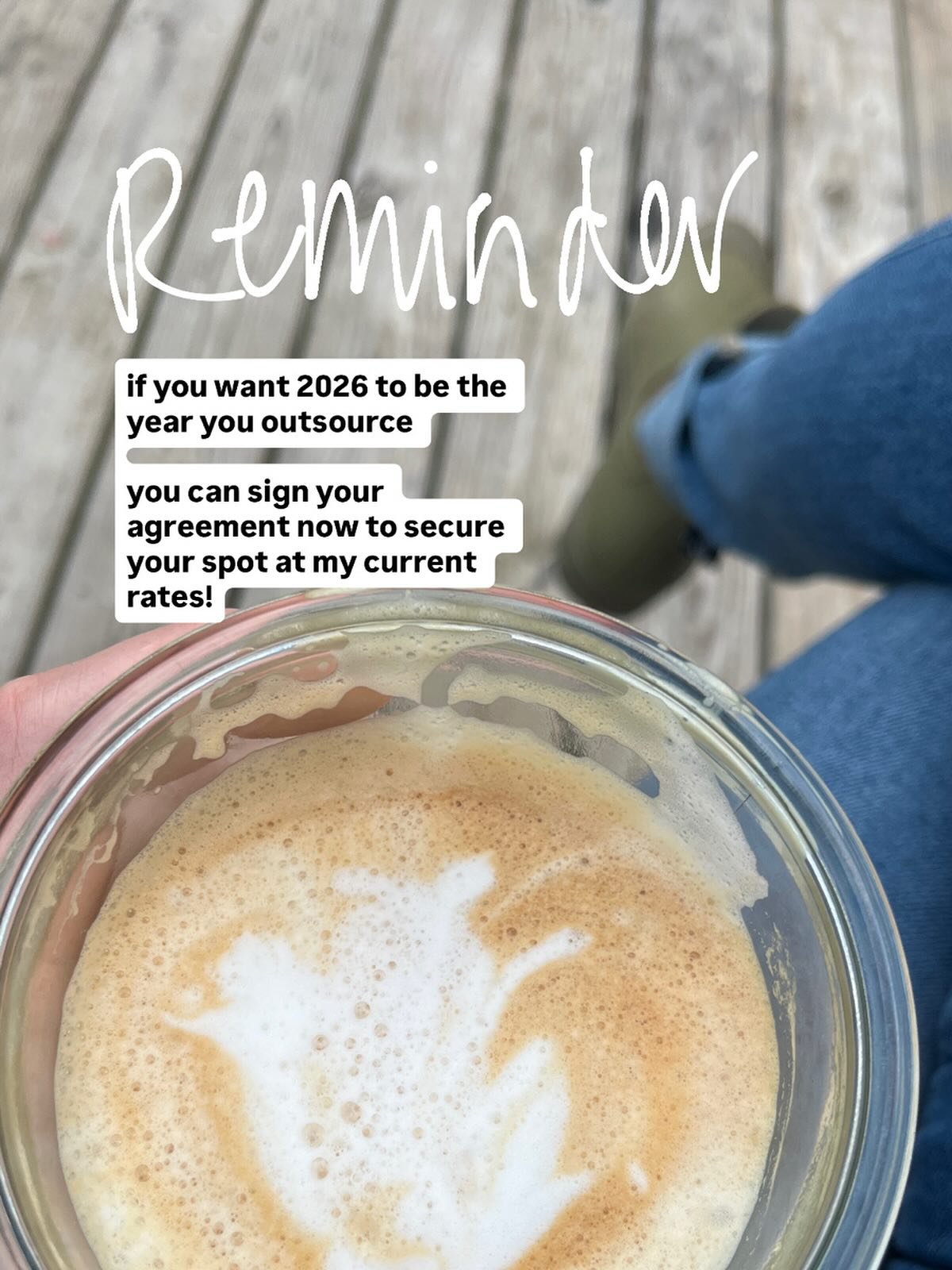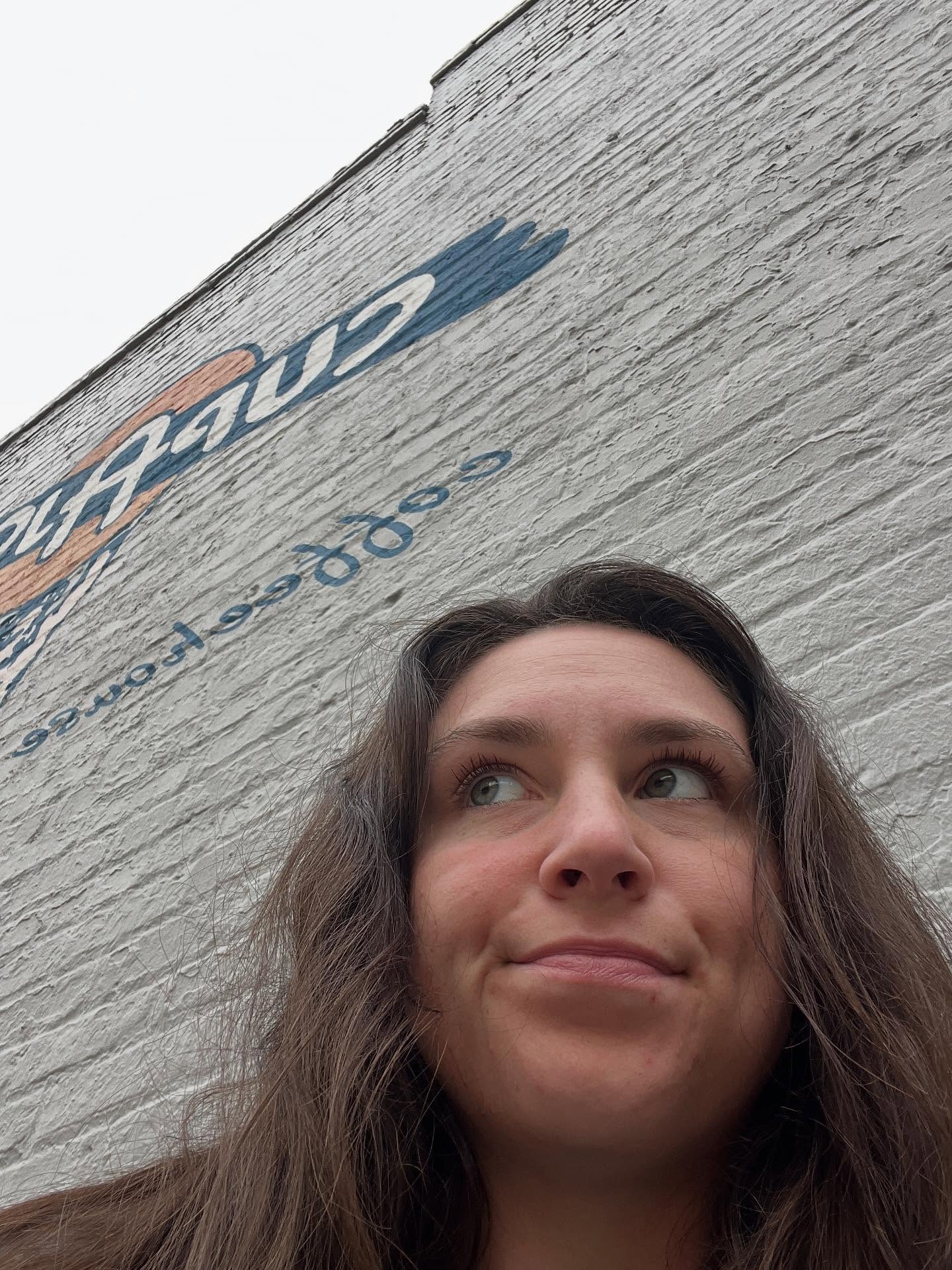COGS vs Expenses in QuickBooks: What's the Difference
If you've ever stared at your QuickBooks Chart of Accounts wondering whether something should be categorized as Cost of Goods Sold (COGS) or an Expense, you're not alone.
This is one of those things that seems like it should be obvious, but it's actually confusing—especially if you're new to bookkeeping or you run a product-based business.
What Even Is COGS?
COGS stands for Cost of Goods Sold, and it's exactly what it sounds like: the direct costs of producing or purchasing the products you sell.
Think of it this way: if you didn't make or sell that specific product, would you still have this expense? If the answer is no, it's probably COGS.
Examples of COGS:
- Raw materials or ingredients you use to make products
- Inventory you purchase for resale
- Packaging materials that go directly with the product (boxes, labels, tissue paper, stickers)
- Direct labor costs for manufacturing (if you pay someone to make your products)
COGS is directly tied to your revenue. The more you sell, the higher your COGS. The less you sell, the lower your COGS.
What Are Expenses?
Expenses are all the OTHER costs of running your business—the stuff you'd pay for whether you sold one product or a hundred.
These are your overhead costs, operating expenses, administrative costs, whatever you want to call them. They keep your business running, but they're not directly tied to producing a specific product.
Examples of Expenses:
- Rent or mortgage for your office/studio/warehouse
- Utilities (electric, water, internet)
- Software subscriptions (QuickBooks, Shopify, Canva, etc.)
- Marketing and advertising
- Professional fees (accountant, lawyer, etc.)
- Office supplies
- Business insurance
- Bank fees
Expenses are generally more fixed. You pay them whether you have a great sales month or a slow one.
Why Does It Matter Where You Put Things?
Okay, so why can't you just throw everything into "Expenses" and call it a day?
Because your Profit & Loss statement (P&L) calculates your profit differently depending on whether something is COGS or an Expense.
Here's how your P&L is structured:
Revenue (all your sales)
minus COGS (direct costs of products sold)
= Gross Profit (this is your profit margin before operating expenses)
minus Expenses (all your overhead and operating costs)
= Net Profit (your actual bottom line)
If you're miscategorizing COGS as Expenses (or vice versa), your Gross Profit number is wrong. And if your Gross Profit is wrong, you have no idea what your actual profit margins are.
Now that matters because:
- You need to know your gross profit margin to price your products correctly
- Investors and lenders look at gross profit to evaluate your business
- Your taxes might be wrong if COGS is miscategorized
The Tricky Gray Areas
Some things are obvious. Raw materials? COGS. Your Canva subscription? Expense. Easy.
But then there are the gray areas that trip everyone up:
Packaging materials
Product packaging (boxes, branded tissue paper, stickers, labels that go IN the package) = COGS
Shipping supplies (poly mailers, bubble wrap, packing tape) = This one's debatable. Some people put it in COGS, some in Expenses. Pick one and stick with it.
Payment processing fees
These are usually Expenses, not COGS
Even though they're tied to sales, they're a cost of doing business, not a cost of producing the product
Samples or product photography
If you're buying your own product to photograph or give away as samples, that's usually an Expense (marketing)
The cost to MAKE those products would still be COGS, but once they're done and you're using them for marketing, it shifts
(I know. It's confusing. This is why people hire bookkeepers.)
Service-Based Businesses: Do You Even Have COGS?
If you're a service-based business (coach, consultant, designer, etc.), you might not have any COGS at all. And that's fine! Not every business has COGS.
But some service businesses DO have costs that could be considered COGS:
- A web designer who pays for stock photos or fonts for client projects
- A photographer who outsources editing
- A coach who pays for workbooks or materials for clients
- A virtual assistant who pays for software specifically for client work
If it's a direct cost tied to delivering a specific service to a client, you could argue it's COGS. But honestly, for most service businesses, it's simpler to just categorize everything as Expenses.
(Unless you're trying to calculate your service profit margins, in which case you'd want to separate direct costs from overhead. But that's a whole other conversation.)
How to Set This Up in QuickBooks
In your QuickBooks Chart of Accounts, you'll have sections for both COGS and Expenses.
For COGS:
Create categories that make sense for your business. Common ones include:
- Materials or Inventory Purchases
- Packaging and Shipping Supplies
- Direct Labor
For Expenses:
QuickBooks gives you a ton of default expense categories, but you can add or customize them:
- Advertising and Marketing
- Bank Fees
- Insurance
- Office Supplies
- Rent or Lease
- Software Subscriptions
- Utilities
When you're entering transactions, just make sure you're assigning them to the right category. It takes two seconds, but it makes a huge difference in your reports.
What If You've Been Doing It Wrong?
If you just realized you've been categorizing things incorrectly for months (or years), don't panic.
You can go back and reclassify transactions in QuickBooks. It's tedious, but it's fixable.
Or, if you have a LOT of transactions to fix, it might be worth hiring someone to clean it up for you. (I do this all the time and honestly, I kind of love it.)
The important thing is to start doing it correctly going forward. Your future self (and your accountant) will thank you.
The Bottom Line
COGS = Direct costs of making or buying the products you sell
Expenses = Everything else it takes to run your business
Getting this right matters because it affects your profit margins, your financial reports, and your taxes.
If you're not sure where something goes, ask yourself: "Would I still have this cost if I didn't sell this specific product?" If yes, it's probably an Expense. If no, it's probably COGS.





Hey there!
I'm Taylor—the face behind Coyne Bookkeeping. I believe your business should support your life, not take it over.
Whether you're behind, burned out on DIY, or just want someone steady providing support that actually feels helpful—you're in the right place.
Ready to stop DIY-ing your bookkeeping?
If you've been staring at QuickBooks wondering what the heck you're doing, you're not alone.
That's literally what I'm here for.








